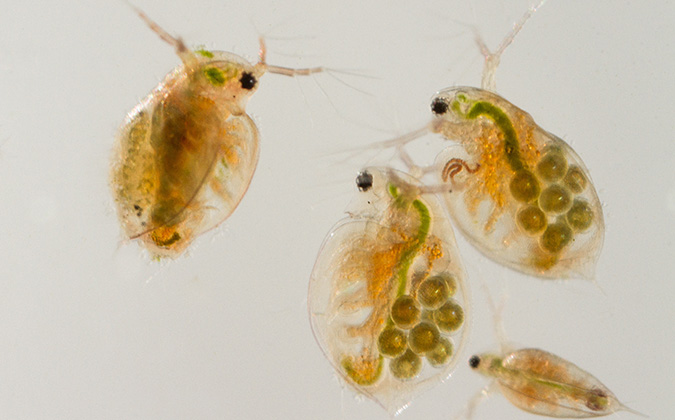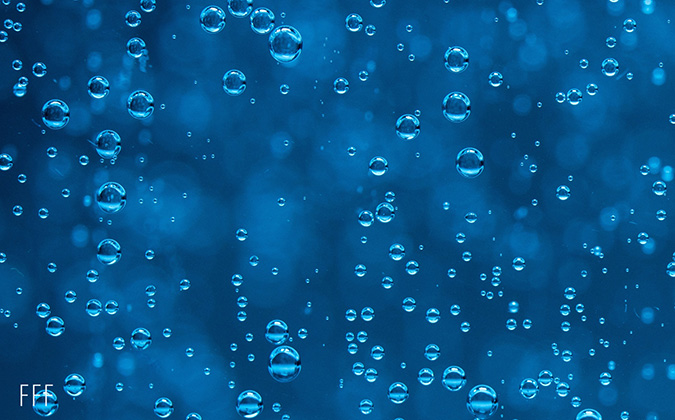
Fishmeal substitute made from zooplankton could boost tilapia growth and health
A feed made from the zooplankton daphnia boosted growth rates of red tilapia fry when used as a partial replacement for fishmeal, but too much daphnia had the opposite effect.
In the study by researchers from Egypt and Saudi Arabia, daphnia meal also enhanced fish’s immune responses, as well as antioxidant levels and intestinal structure.
The results come as the aquaculture industry urgently seeks cheaper and more sustainable substitutes for fishmeal.
The search for fishmeal replacements
Feed is one of the biggest expenses for fish farmers. It can account for 40% to 70% of operating costs. And the high cost of fishmeal — the most expensive component of a fish’s diet — is a particular problem for farmers in developing countries.
Furthermore, fishmeal attracts ongoing concerns around its environmental impact, given its use of wild-fish stocks.
The new research responded to the aquaculture industry’s need for more affordable and sustainable protein sources for farmed fish which also support fish health and farm productivity.
The research team focused on the potential of daphnia, which are highly nutritious and more sustainable than wild fish as a protein source. They can be easily cultivated — reducing pressure on natural marine ecosystems — and fed on low-value food waste, like rice bran.
Daphnia meal may also be more affordable. A separate study by the same research team found that feeding daphnia meal instead of fishmeal to grey mullet cuts the cost of feed (per kilogram of weight gain) by 40%.
Replacing half of fishmeal with daphnia provides optimum benefits
The researchers divided 1,500 hybrid red tilapia (Oreochromis mossambicus × Oreochromis aureus) fry into five groups. The first group acted as the control. These fish received no daphnia meal, and fishmeal accounted for 20% of their diet.
For the other four groups, the researchers replaced 25%, 50%, 75% and 100% of the fishmeal component with dried daphnia feed, respectively. The diets were otherwise identical.
Tests after 8 weeks revealed that growth rates were highest for fish on the 50% daphnia-meal diet. However, growth was lower for fish on the 100% daphnia-meal diet than in the control group. “This could be due to the improper amino acid balance associated with high replacement levels,” the researchers suggested.
Daphnia meal also enhanced other indicators of the fish’s health, including:
- Higher immune responses, based on a range of measures including total protein content and albumin levels in the fish.
- Higher antioxidant levels, especially among fish on the 75% and 100% daphnia-meal diets.
- Improved intestinal structure, such as bigger villi (finger-like projections that line the intestine) for the 50% and 75% daphnia-meal groups. This indicates a bigger surface area for absorbing food and may help explain the higher growth rates. Intestinal structure worsened for the 100% daphnia-meal group.
“The obtained results showed that [daphnia meal] could be a suitable substitute for fishmeal in the diet of red tilapia fry up to the substitution level of 50%,” the scientists concluded.
You can read the full journal article in Animal Physiology and Animal Nutrition.
Posted on: April 08, 2024






